
To be an amateur boxer in Cuba is something to be proud of – not so much for the monetary compensation, as none of the athletes have achieved affluence through their fame, but for the widespread recognition as the whole country cheers the achievements of its players. As Alberto Puig de la Barca, president of Cuba Boxing Federation, once said to CNN: “Our boxers may not have a million dollars, but they have 11 million Cubans who support them.”
In 1961, professional boxing was banned by the revolutionary government. However, as amateur boxing’s popularity rose, sports became a critical aspect of Fidel Castro’s post-revolutionary campaign, as the president strove to modernize the nation. Taking inspiration from the dedication and promotion of its neighbor and rival North America, Castro used sports to showcase the successes of socialist ideals.
With the world’s highest number of gold medals in its trophy collections, (outnumbering the U.S. by quite a few), amateur boxing continues to thrive in Cuba. But despite the fascinating aura of the game, navigating the intricate system of boxing rings, players, coaches and gamblers is no easy task. It requires shrewd familiarity with undercover networks and their main actors, an ability that high-profile French photographer Thierry Le Goues has honed over the last 10 years.
Acclaimed for his fashion shoots featured in glossy advertising and sport photography venues – his latest work is an ad campaign for the French clothing brand Yves Saint Laurent – Le Goues already published a photobook on Cuba, Superfinos Popular (powerHouse Books, 2000), borrowing the title from a popular brand of cigarettes.
In a divergence from this last project, saturated colors are absent from Havana Boxing Club (the cover being the only exception); however, Le Goues’ fascination with the sensuality of the human body remains. Previously, it was the generous curves of the female body that dominated the frame. Now, the sinuous shapes are the muscular forms and bold sensuality of boxers.

Le Goues’ passion for sports dates back to his childhood – he was a skilled skateboarder in the 1970s and a devoted football fan. Boxing, too, exercised a great visual fascination for him, magnified by the allure of picturesque locations such as the training facilities and open-air boxing rings in the island’s countryside.
“Boxing is a beautiful subject because it is a classic subject. [It has] been done many times, but I knew in Cuba it I would get great results about getting some good pictures because of the location, because of the casting, because of the lighting, the facilities where they are training,” Le Goues says. “Boxing is a really photogenic subject.”
A seasoned fashion photographer whose career spans more than 25 years and whose work is featured extensively in international magazines, Le Goues admits that fashion photography might have had some influence on how he approached the subject in Cuba. “After doing fashion, I wanted to do something on sports and basically when I shot [the boxers,] maybe some of my fashion background came back too, because of the way I frame, the way I shoot people, [the way I] capture the lighting.”
Over the course of eight years, Le Goues toured different locations in Havana, Pinar del Rio, Santa Clara and Santiago de Cuba. Sometimes he would stay a few weeks, sometimes a few months. He visited approximately 15 times in total, which allowed him to establish a strong network, crucial to his project’s success. After getting to know the athletes and the coaches, he was granted access to facilities often denied to tourists, and even formed lasting friendships with some of the boxers. He successfully bypassed the complicated government regulations that would have certainly limited his success.
Le Goues used mostly film, “living the moment,” he says, rather than checking the monitor obsessively. “That was exciting too,” he says, “because I couldn’t see on the screen what I was doing, everything was like old-school boxing, like my pictures,” he continues.
Finally, what Le Goues aimed to capture in his shots is simply the fortitude of these athletes pursuing their goal. “They fight for the real joy of sports, as there is no money involved,” he says. “It is just the passion of sport, the passion of boxing that is what amazes me from those kids, from these six-year-old [players],” he says. “These people going there and training and training and training. It fascinates me.”
Thierry Le Goues is a fashion, documentary, and editorial photographer whose work has appeared in international publications. He is based in France. His latest photobook, Havana Boxing Club, is published by powerHouse Books.
Marie Tobias, who edited this photo essay, is TIME Associate Photo Editor.
Lucia De Stefani is a writer and contributor at TIME LightBox. Follow her on Twitter and Instagram.
Follow TIME LightBox on Facebook, Twitter and Instagram.
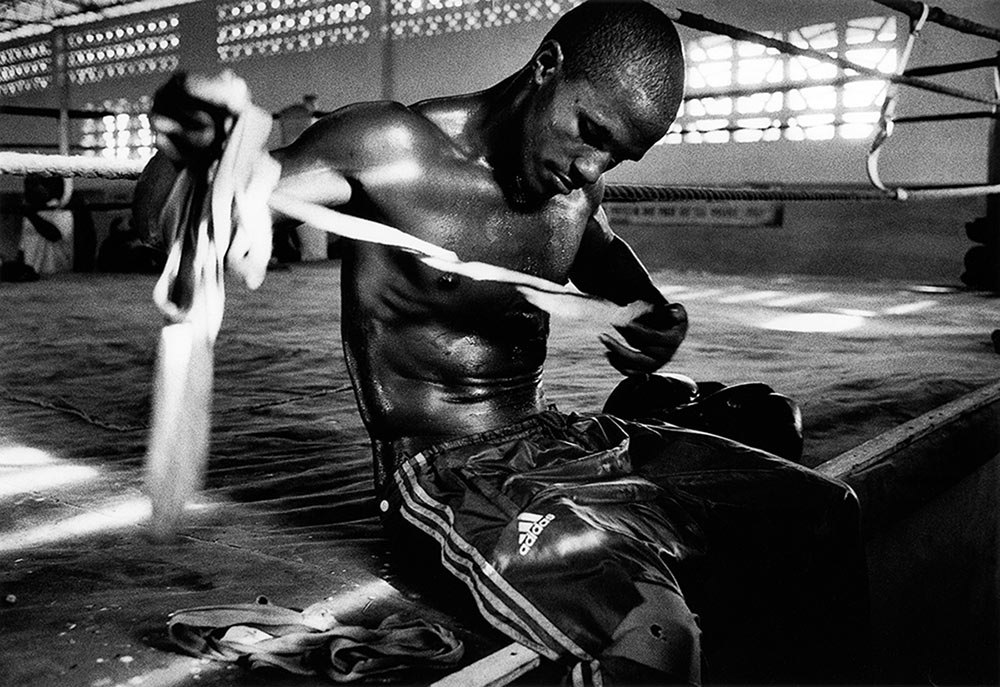
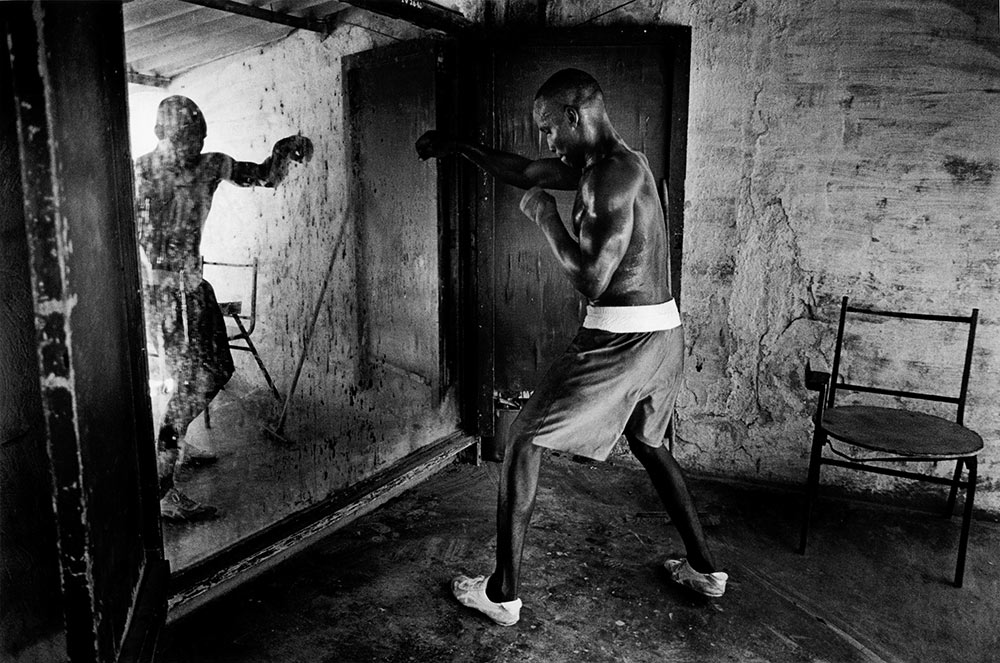

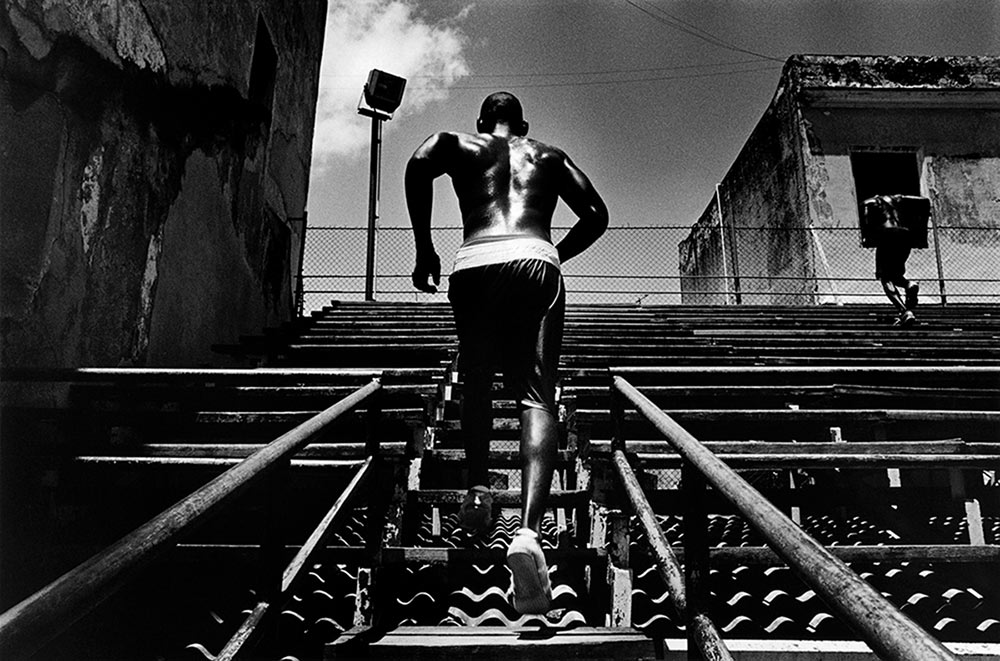

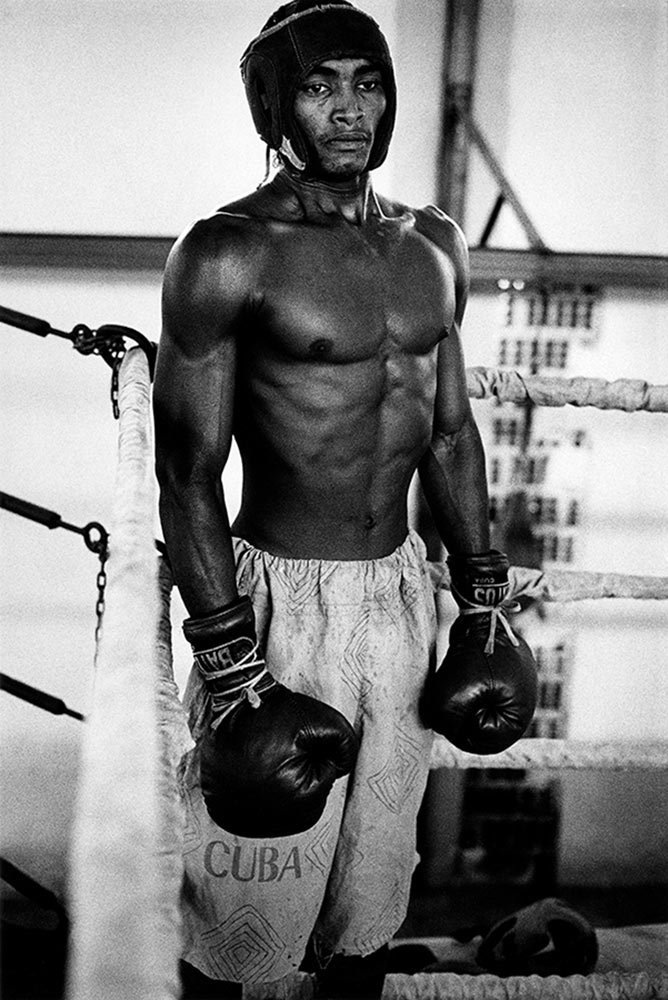
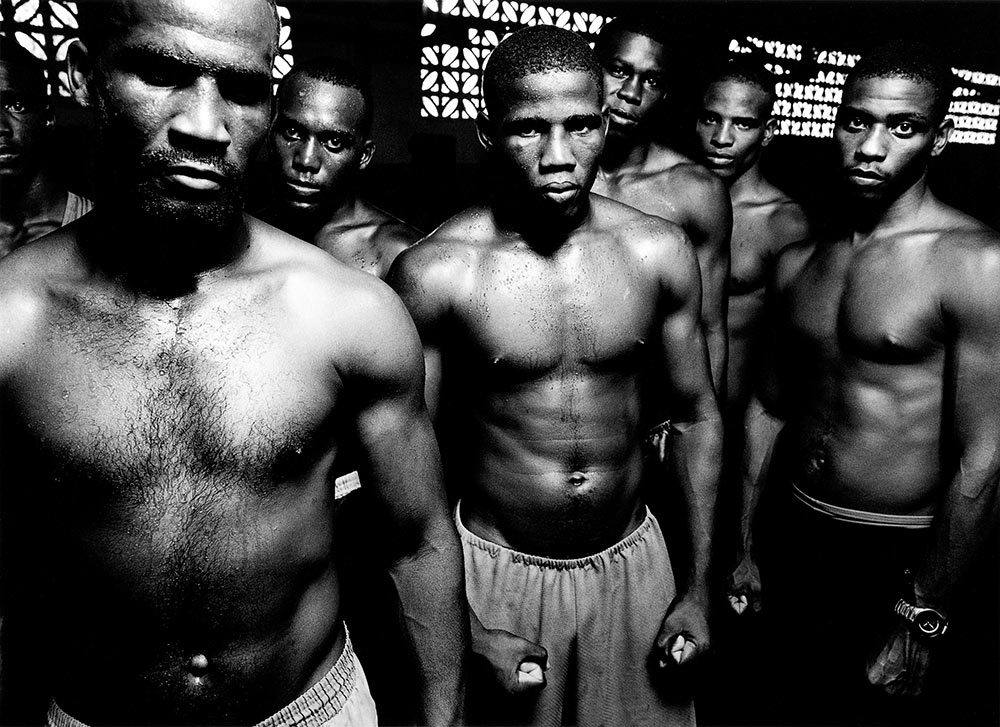
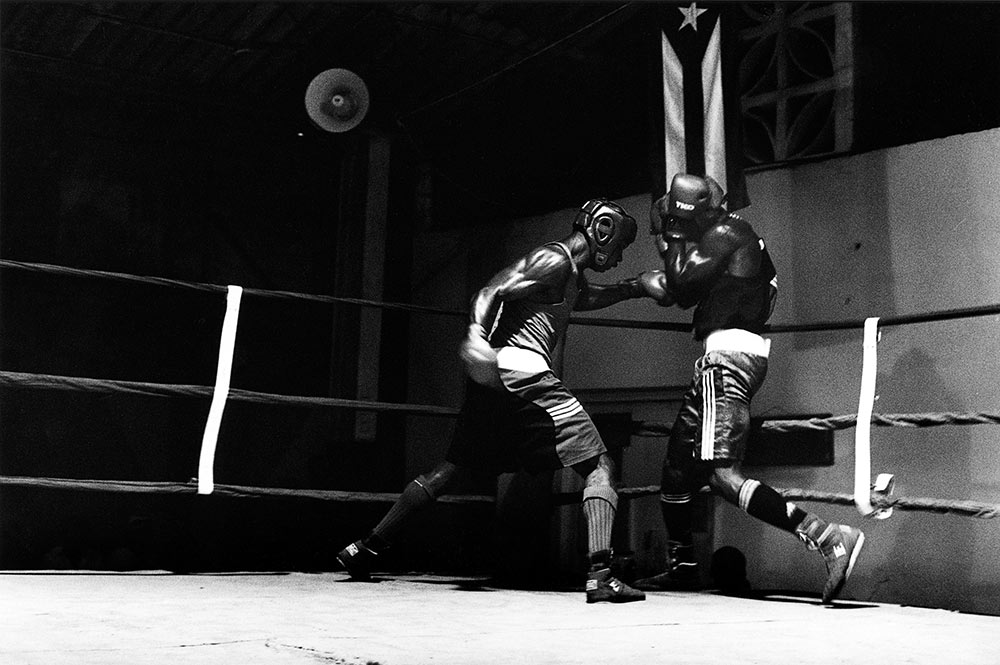

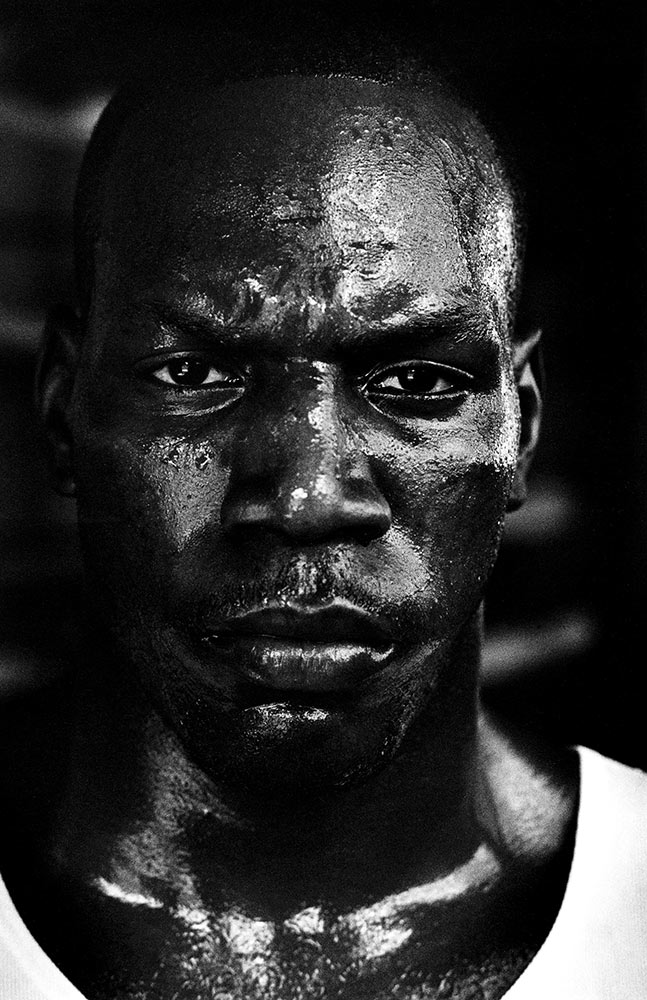

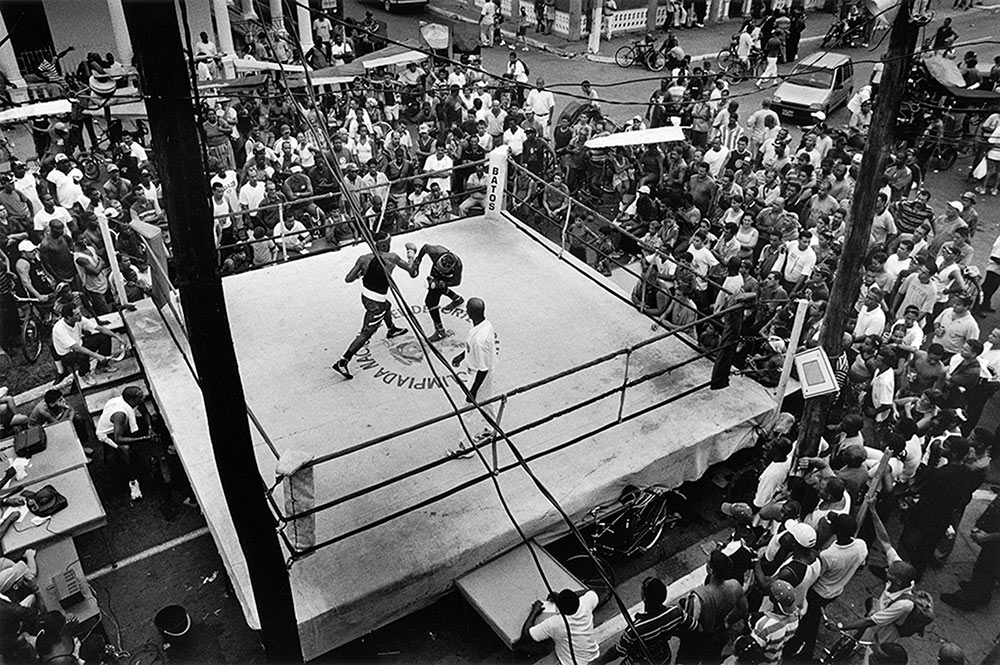
More Must-Reads from TIME
- Inside Elon Musk’s War on Washington
- Why Do More Young Adults Have Cancer?
- Colman Domingo Leads With Radical Love
- 11 New Books to Read in February
- How to Get Better at Doing Things Alone
- Cecily Strong on Goober the Clown
- Column: The Rise of America’s Broligarchy
- Introducing the 2025 Closers
Contact us at letters@time.com